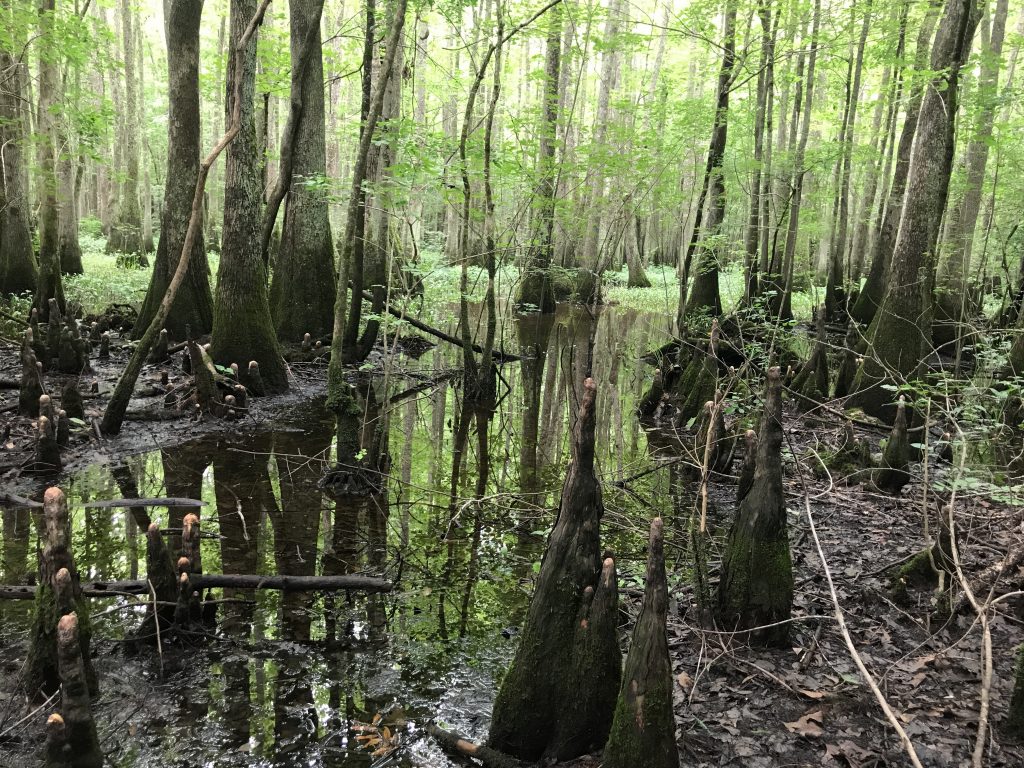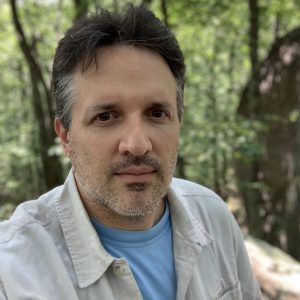
More than two miles of Nottoway River frontage in Southampton County will be permanently protected by a forested buffer, thanks to an easement held by the Virginia Outdoors Foundation and partially funded by the Enviva Forest Conservation Fund.
The easement, recorded in November on a 246-acre property owned by the Darden family, includes no-harvest areas on about 55 acres, which will provide water quality benefits, complement the growing corridor of protected tracts on the Nottoway, and protect a Coastal Plain bottomland forest. The site is located in a Virginia longleaf pine priority conservation area.
The lowland portion is home to multiple plant and animal species of concern including the rare crowfoot sedge (Carex crus-corvi) and the yellow lamp mussel (Lampsilis cariosa). Through the easement, this critical habitat will be preserved and continuously enhanced. The upland portions are to remain as working forest, providing sustainable wood products to a variety of markets.
“We are excited to be able to acquire and preserve this beautiful and important riparian forest that is home to so many plants and animals,” said Brett Glymph, VOF’s executive director. “The property will have both rare species conservation and sustainable forest management. We are grateful to Enviva for their contribution to our conservation mission.”
Hunter Darden, the property owner, said, “My wife, Kathy, and I are pleased to be a part of protecting this property for future generations to come, and to preserve the natural beauty of the Nottoway River.”
“This land will be preserved and managed indefinitely as forest, rather than being converted to agriculture or other non-forest uses,” said Carlton Owen, president and CEO of the U.S. Endowment for Forestry and Communities. “Forested watersheds play a vital role in storing and purifying water for downstream consumers and provide two-thirds of the drinking water in the U.S.”

Excellent! Good work!
Comments are closed.